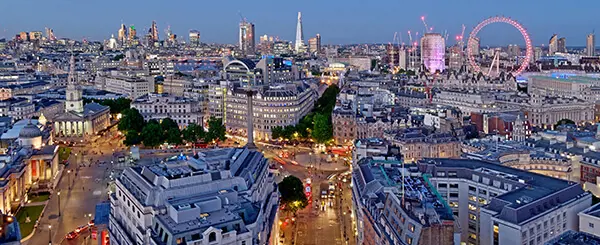Amid wider concerns, particularly post-Brexit, that London is losing its edge and even that
cultural stagnation is driving people away, City Hall last week
published ‘From good night to great night A Vision for London as a 24-hour City’. While the Mayor’s aim to stimulate the night time economy is of course commendable, it’s hard to see how the proposed increase in planning restrictions it refers to will help to realise the Vision.
The Vision notes:
The planning system can help too. The Agent of Change principle, Article 4 directions, planning designations and Asset of Community Value listing can help protect cultural assets.
The problem with such designations is that the planning system only deals with what is allowable, and what is not, in a defined area. It cannot make certain developments happen, or force loss-making businesses to stay open.
Underlying the decline of night time venues is a fall in disposable income amongst the younger generations traditionally most likely to frequent them. Rising rents, hefty mortgages, wages not keeping up with inflation for much of the last decade and increased tuition fees have all impacted on available spending. Accordingly, it is no surprise that the Vision notes a particularly steep decline in the number of night clubs since 2007.
It is clear that set against such weighty economic forces, London cannot regulate its way to a vibrant and varied nightlife. Even without such fundamental challenges it’s difficult to see how a planning-based approach would work in practice. Hipsters often lament a venue having gone ‘mainstream’, though surely the transition from ‘happening’ to ‘happened’ would be well and truly complete when that venue’s cultural significance is soberly assessed by a planning officer and a planning committee votes to grant it some form of special protection via planning rules. For an industry which thrives in liminal places and which is constantly changing, subjecting it to new planning restrictions which are at best updated every five years and more likely every decade seems an entirely inappropriate response.
Despite this, there is a part to play for the planning system in ensuring the enduring appeal of London’s nightlife, but it shouldn’t be asked to conform to its own caricature and obstinately hold back economic change. Instead, it could assist in helping to address some of the economic trends which underlie the declining number of night time venues. Notwithstanding a recent levelling off in rents, the substantial increases experienced since the financial crisis are in large part due to exceptionally constrained housing supply. By evading the need to fully meet its requirement for new housing partly on account of protecting the Green Belt, the GLA (and the London Boroughs) has contributed to this problem. A substantial number of the would-be clientele of many venues have been forced out of the city and rents in excess of 50% of household income for many are squeezing disposable income for those who remain.
As a new London Plan is currently being drawn up (with the mayor’s draft Housing Strategy due in September this year), hopefully the GLA will eschew the zero-sum approach of trying to address the negative consequences of one form of planning constraint with further restrictions and instead embrace the positive role that planning can play in ensuring the capital remains liveable for generations to come.



